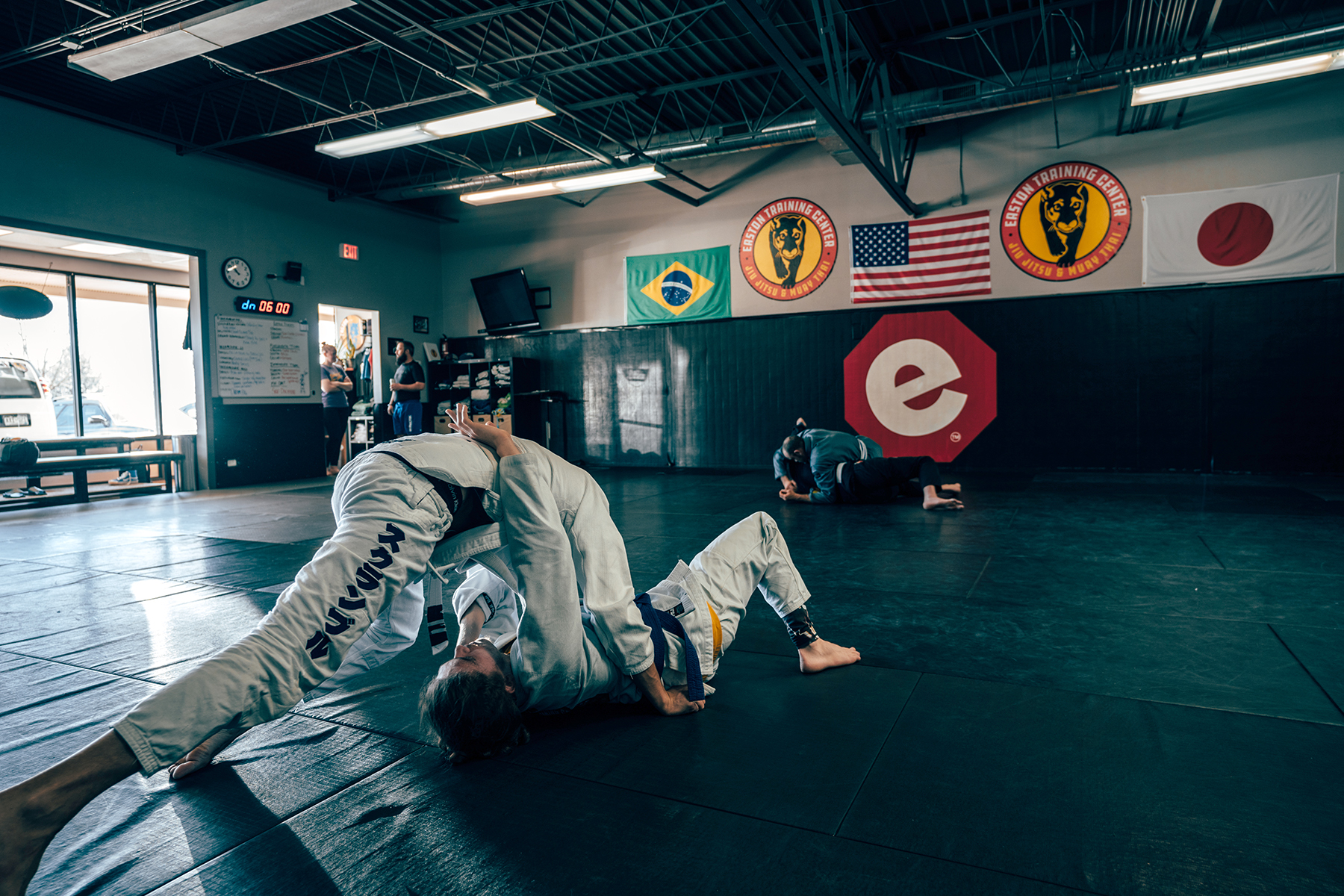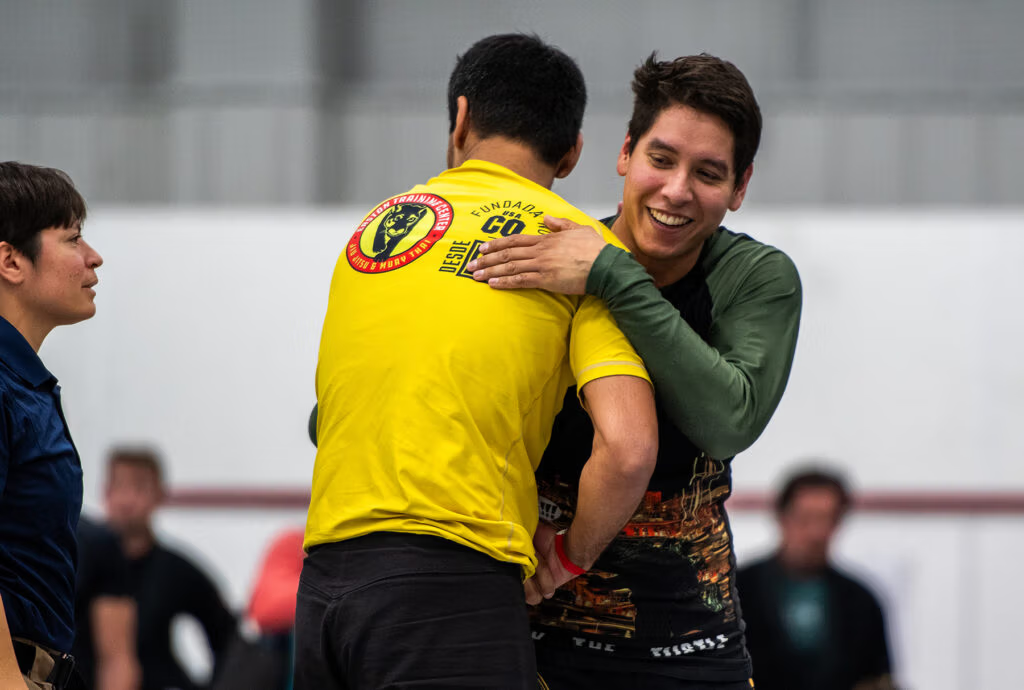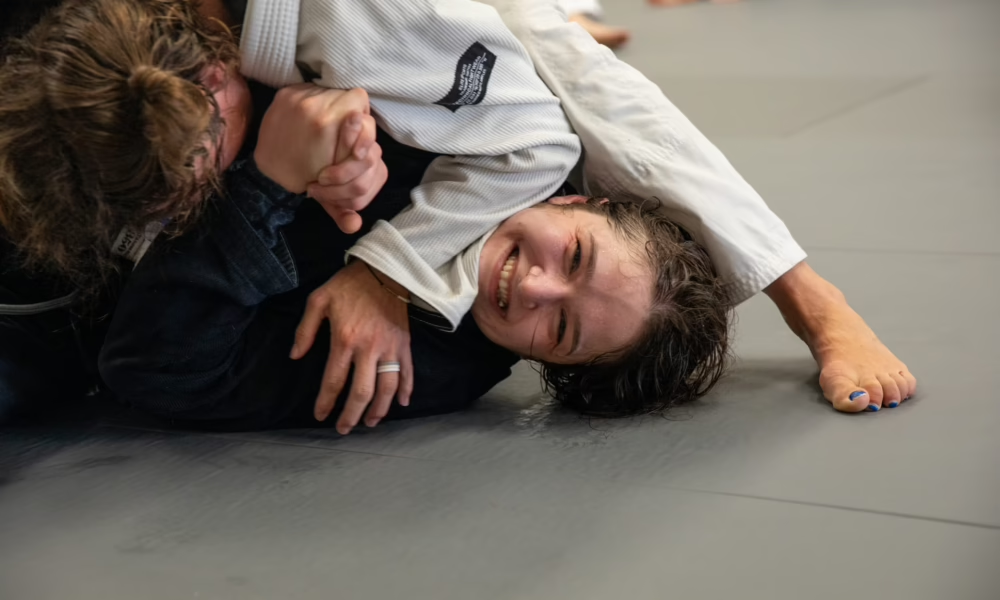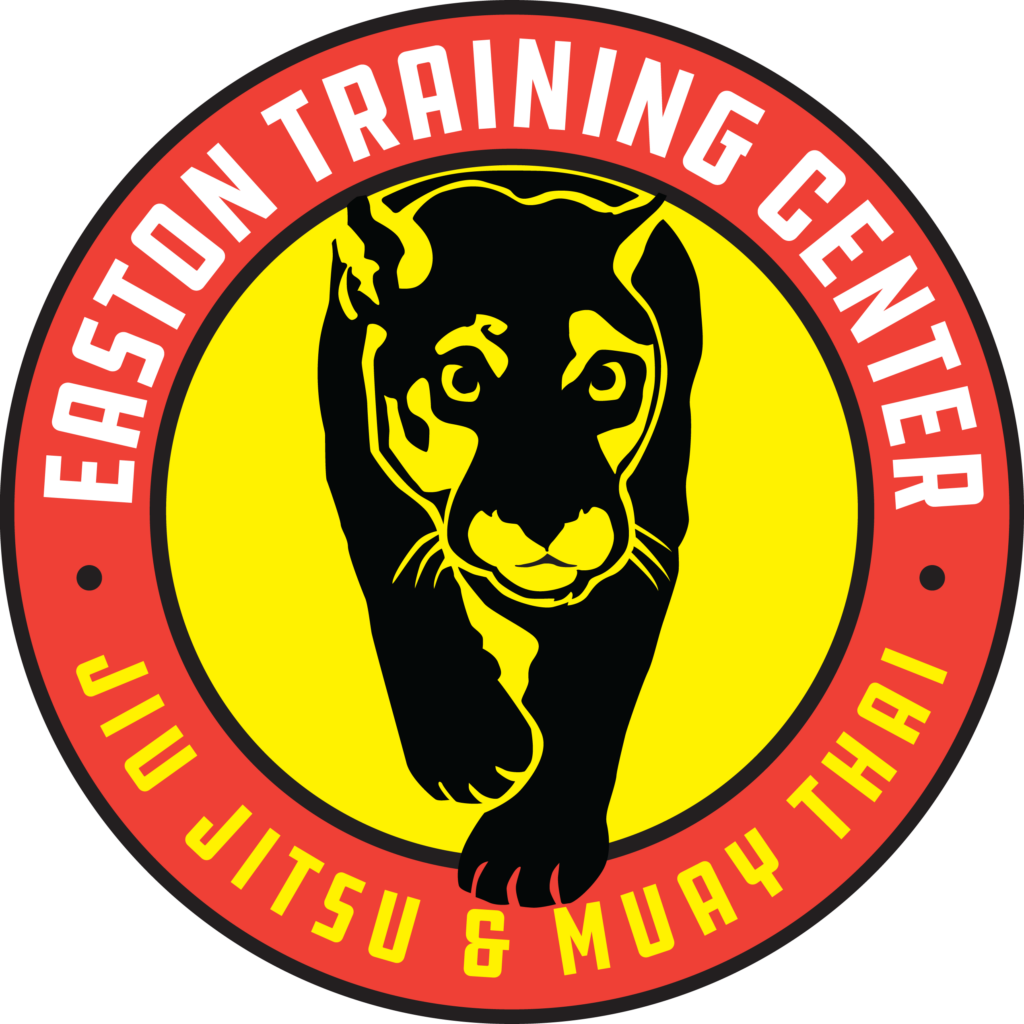Taking down, pinning, and submitting an opponent by force describes the sport of arm wrestling. And maybe that carnival game where you try to hit a target with a mallet so hard it sends a ball up to ding a bell. Strategic movement defines the practice of a martial artist and balance is a key component.
Kuzushi, the Japanese term for the concept of off-balancing, involves unpredictably shifting direction, magnitude, and type of force directed at an opponent.
From a standing position we change levels, angles, and distance to open space for different takedown techniques. We use grips and frames to push and pull our opponent’s body to get them where we want them – or, better yet, we bait a reaction where they put themselves where we want them. Employing off-balancing concepts can help improve every technique and sequence.
The concept of Kuzushi provides a tool in multiple direction – for advancing against an opponent, for evaluating our own balance, and for making changes where we are out of alignment.
“Many things can cause a loss of balance. One cause is danger, another is hardship, and another is surprise” – Miyamoto Musashi.
If you have practiced long enough, you’ve found yourself overwhelmed by your own drive to train, drill, spar, compete, learn, and improve. Stronger, better, faster, smarter. Overtraining and burnout can present as insomnia, brain fog, dysregulated appetite, dishes piling in the sink, and eye rolls from friends/family/coworkers.
The never-ending opportunities to explore and develop skill with off-balancing techniques fuel the passion we see daily on the mats from professors, coaches, and students.

You Are Balanced.
Whether or not the balance of your life serves your priorities and values is a separate issue. A rock on the ground is balanced. A plate spinning on a broomstick atop the nose of a person juggling hamsters while riding a unicycle is also balanced. And then, the pieces of a broken plate on the ground are just as balanced.
If we apply energy in one direction, it must come from somewhere else. The places we dedicate energy build us up and break us down. We run into trouble when break downs occur in ways we can’t use – or we build up to places that draw too much energy from other vital aspects of our lives.
Perhaps adding that Friday evening class replaced time spent with friends at a bar. As a result, those friends forget future invites. Relationships suffer. That may be okay if that group reinforced unhealthy habits and lifestyle choices. Maybe that earlier Friday bedtime resulted in extra energy to finish the laundry Saturday morning. What works and what doesn’t depends on the person and the moment.

Balance is complex and for our own lives, it can be tough to think through – a good thing to keep in mind before providing another person advice. That said, keep reading for 4 simple steps to achieving perfect life balance! Just kidding.
When we are honest with ourselves, we often intuitively know when something feels off. Adjusting is another matter. Small changes can have major ripple effects and big changes can be unsustainable or destructive. Then, when we feel we are nailing it, just wait. Life inevitably comes up with challenges that remind us how flexible we can be.
Balance is dynamic
“Nobody sits like this rock sits. You rock, rock. The rock just sits and is. You show us how to just sit here and that’s what we need.” -Albert Markovski.
This satirical poem from the movie I Heart Huckabees represents the often shared opinion that we work too hard, take on too much, spread ourselves too thin. We would all do well to slow down. Sit. Is that true? I’ll speak for myself that whether it be on the mat or in life, I’m simply not content when stuck in the same spot for long.
However, pausing to evaluate whether our current balance supports the aspects of our lives we value most keeps us from driving hard in a direction that leaves us somewhere we don’t want to be. Still, if you’re on a roll, you’re on a roll. The concept of Kuzushi is complimented by understanding the power of momentum.

Pablo Picasso woke up around 11am and hung around the house until 2pm. Then he worked (painted) until dinner at about 10pm. After dinner he’d work again until 3am when he’d got to bed. While an artistic revolutionary in his medium, he was characterized by those close to him as a self-absorbed, competitive, misogynistic jerk. The ripple effects of his interpersonal life don’t sound desirable but he was on a roll and his legacy holds an eternal influence in the world of visual expression.
Driving hard in one direction can lead to significant achievement. While many painters find themselves fully absorbed by their vocation, very few gain widespread visibility. Fewer earn a comfortable living. Dedicating life to work doesn’t allow much space for healthy relationship. This analogy fits for any vocation, including martial arts. Disproportionately dedicating time and energy to one area of life may have a variety of results other than infamy or isolation. Passionate dedication to a craft provides and unparalleled vehicle for personal growth when integrated into life with that intention.
Showing up to practice when we’re at our best and learning optimally progresses our technique and can support physical and mental health. Showing up to practice when we’re at our worst and our mistakes are so constant we may be moving backwards asks us to learn self-forgiveness, vulnerability, and grace.
The longer we’ve been driving toward an achievement, the harder it can be to shift our balance.

When we aren’t progressing from our tireless effort toward achieving a goal, the pain of admitting that can keep us pushing on in denial of apparent results. This is the ‘sunk cost fallacy’: the reluctancy to changing paths because of all we’ve invested in the current approach.
What can we do to rebalance? Let’s revisit that Musashi quote.
Danger, Hardship, Surprise
If we look at our current balance as the opponent, we may consider danger, hardship, and surprise as tools to disrupt the patterns that are keeping us there. Note a current behavior or pattern. Recognize what it is doing for you. Acknowledge how it is a danger to your desired balance. This exercise can motivate us to make changes that feel authentic and helpful.
Change can feel threatening – it often comes with hardship. There is a commonly quoted sentiment that life is hard, for example: Relationship is hard. Loneliness is hard. Choose your hard. It’s not that simple; there are different types of hard. Putting effort toward something that aligns with us can be challenging but satisfying. Hard can feel more joyful than painful. Pain is often a signal that something needs adjusting.
We can disrupt patterns by throwing in a new variable, surprising ourselves. Force a change in schedule for a few days with a trip, appointment, or commitment at a time that requires us to reconfigure. We may discover more resiliency and creativity when we don’t have the option of our regular patterned behavior.
Showing up in life authentically and in connection to the community around us, maintaining a humble curiosity, and acknowledging we don’t know or control all that the future may hold allows us to stay centered as we listen and respond to life as it unfolds. That doesn’t feel as hard as needing to know how to make things turn out right. We’re balanced. Let’s just make sure it’s working for us.








